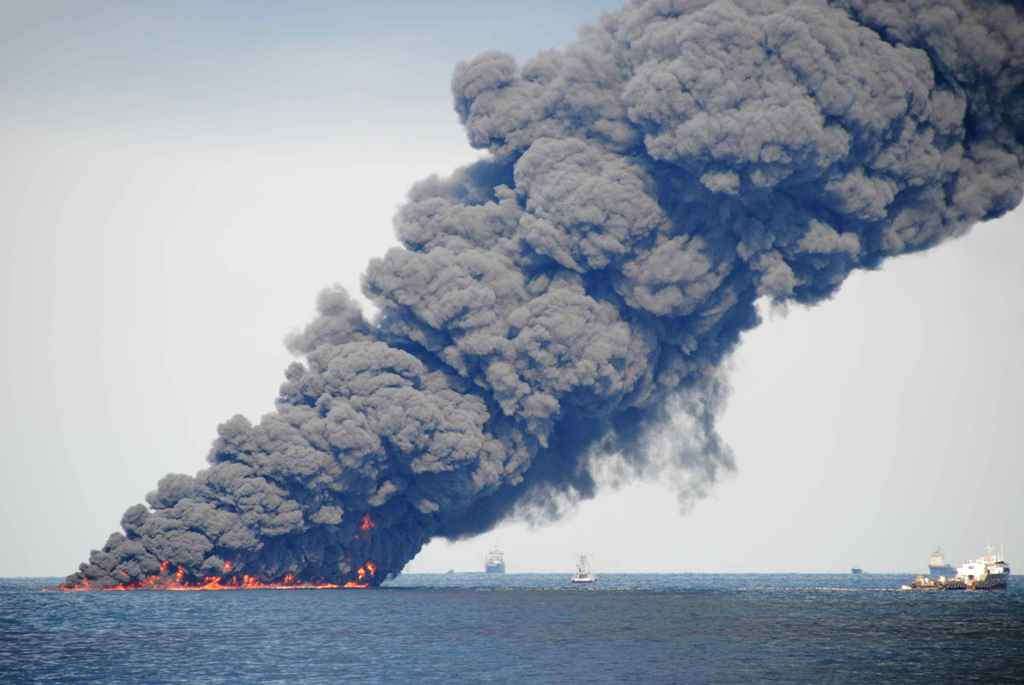EPA Reform: 6 Crucial Areas Congress Should Investigate
Proper investigations could help publicize the agency's looniness and yield further details about the agency's questionable methods and relationships.

Congressional hearings should be used to investigate and shed light on shady science, ties, and practices from the Environmental Protection Agency (EPA). Although many failings of the EPA have already been exposed, proper investigations into these issues could help publicize the agency's looniness and also yield further details about EPA's questionable methods and relationships.
Congressional investigations and publicized hearings provide a way for the public to understand the real objectives of extreme environmentalists (known as "radical greens") and the incredible costs these impose upon America, in terms of both lost jobs and wasted resources. But such an undertaking needs to be done intelligently, with skilled, persistent questioning and sustained focus on particular, egregious issues, not just letting congressmen grandstand for their home districts. Below are six issues these hearings should address to help bring about reform at the EPA and remind Americans to be skeptical of exaggerated EPA warnings.
Oil Spill Inaction

A good issue to start with would be exposing the EPA's role in exacerbating the damage done by BP's giant oil spill in the Gulf of Mexico in 2010. Few Americans know that the spill might have easily been prevented from reaching shore. Holland offered during the first days to send over its experienced skimmer boats from the North Sea, which take up oil off the sea surface and separate most of it. The Dutch even offered to train Americans in their procedures. But EPA regulations stated that any cleaned ocean water must be 99.9985 percent free of oil before being dumped back into the ocean.
Despite the emergency, the agency refused to modify the regulation until a month later, when oil was already reaching shore. (Many more details are in my 2010 Reason article, "Government's Catastrophic Response to the Oil Disaster.") A Congressional hearing with subpoena power could get to the bottom of who at the EPA was responsible for this delay, how, and why.
Regulation through Litigation
Second, Congress should subpoena emails sent between EPA officials and their radical green (RG) brethren on the outside concerning the multibillion-dollar scam known as "sue and settle" litigation. Here's how it works: RG lawyers sue the EPA demanding it tighten standards on some obscure but costly issue. The EPA then "settles" the suit by agreeing to new, often impossibly-tight standards. An October '14 report from the National Center for Policy Analysis found these regulations "run the gamut from dictating precisely how much sulfur is allowed in a gallon of gasoline to setting efficiency standards for microwaves." A 2013 paper from the U.S. Chamber of Commerce reported that "EPA chose not to defend itself in over 60 lawsuits from special interest advocacy groups" between 2009 and 2012, resulting in more than 100 new regulations.
Natural Gas Nannying
The EPA's shutting down of coal mines—and wasting tens of billions on subsidies for "alternative" energy—is already on Congressional agendas. Coal may be the EPA's first target, but natural gas is next. In its crosshairs is hydraulically fractured oil drilling ("fracking"), with new plans to force drilling rigs to shut down unless they pay for very expensive collection of flared methane gas, now burned away when gas pipelines are not close by.
Distorted Science
EPA's distorted use of its own "science" and methodology needs serious questioning and exposure. The agency's carbon dioxide rulings are already under fire, and I have written in detail about how its radiation limits were preposterously irrelevant to real threats. Under these limits, a "dirty" nuclear-radiation dispersal device which actually contaminated a hundred-foot distance would require an emergency evacuation of half a city. The Government Accounting Office even insisted that EPA revise the limits.
EPA's rules come from the discredited "linear no threshold theory" (LNT). Explaining to the American public the basis for this theory is vital and needs repeating over and over again. Its main premise is extrapolating any possibility to illogical extremes. For example, LNT deducts that, if 100 aspirin is a fatal dose for healthy humans, then out of 100 people each taking one aspirin, one of them will die. This nonsensical model is used to decree that even a few parts per billion of something or other will cause a cancer somewhere, with someone, and on this basis it shuts down industries and orders the spending of billions of dollars upon non-existent problems.
Another example of the agency's poor science is the Clean Air Act, where EPA uses standards and regulations set for densely populated cities to demand that oil drillers keep the air above the Arctic Ocean pristine clean. This requirement cost Shell Oil a whole year in lost drilling, because it was effectively forced to close during the few months of the year when drilling is permitted by the extreme weather.
Lead Paint Regulation
Lead paint is another hyper-scare where EPA policies are hurting more than helping. Its removal or painting-over should be done properly and carefully. But stringent EPA requirements for precisely how contractors must go about this (and the fines they'll pay if they don't) has some home contractors scared to work on houses built before lead-paint use was discontinued. Threatening small contractors with $37,000 per day fines for scraping paint from an outside window is preposterous. Congress could cut through the hype and highlight how such strict rules for removing lead paint harm American workers and businesses, without making us any safer.
Ground-Ozone Regulation
The EPA wants industry to spend tens of billions more to bring ground-level ozone further down, from 75 part per billion to 65 to 70 parts per billion, all based on its LNT theory. In 2011, it said that costs could reach $90 billion to gain public health benefits of $100 billion. It should explain the methodology! And the alleged benefits that this reduction will bring.
Unfortunately, we can expect to see more action on ozone regulation in 2015: last December, an appeals court overturned (at the behest of the National Resources Defense Council) EPA rules allowing states more flexibility and time in complying with ozone regulations. "All statutory indications militate against allowing the agency's lengthening of the periods for achieving compliance with revised air quality standards," the court ruled. Last week, the White House announced that "EPA will develop new guidelines to assist states in reducing ozone-forming pollutants."



Show Comments (106)